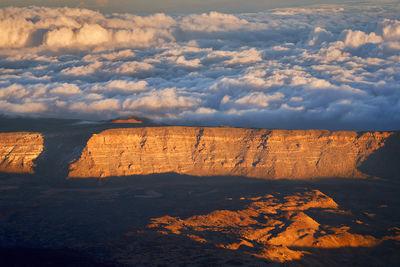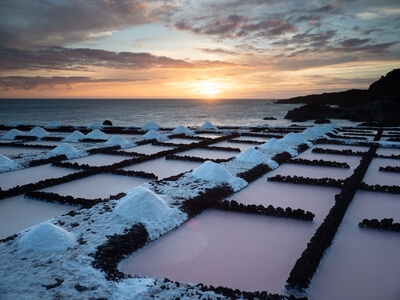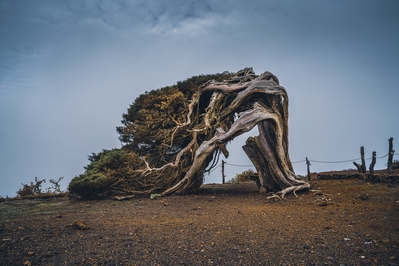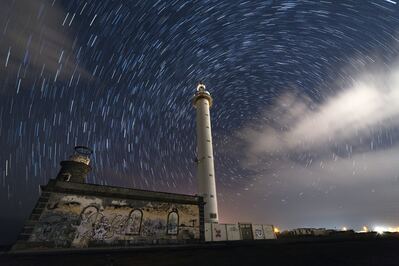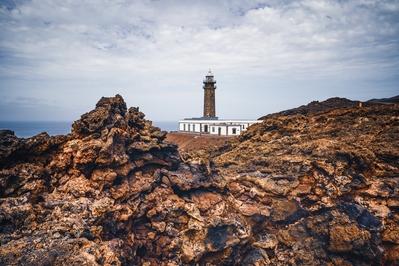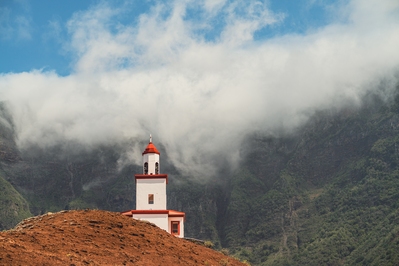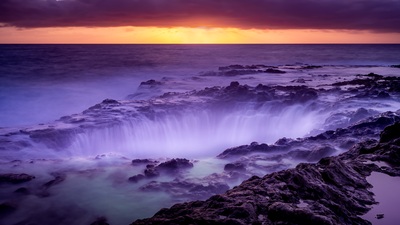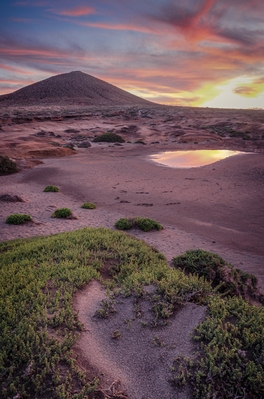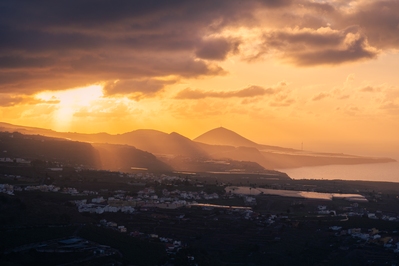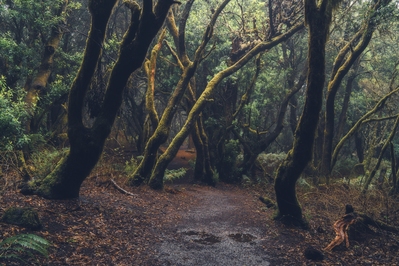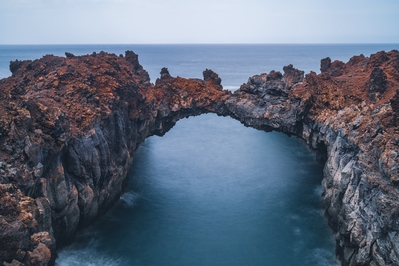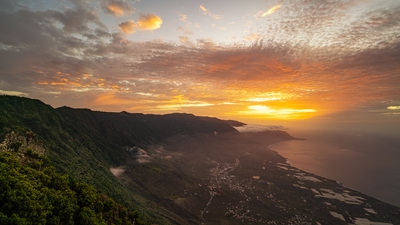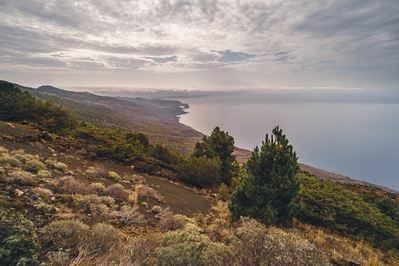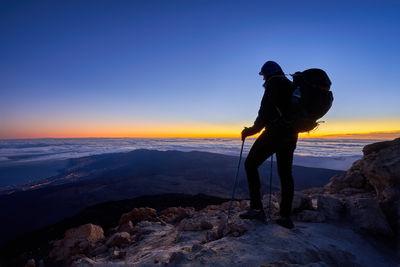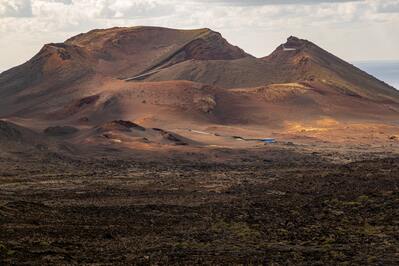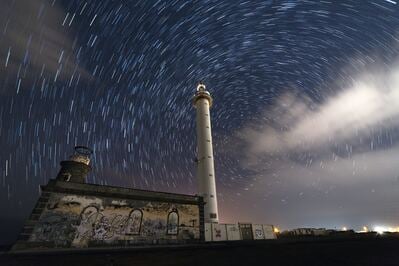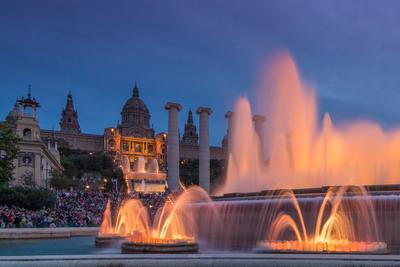The photography guide to
 Canary Islands
Canary Islands
Canary Islands photography guide
Our contributors have added 25 photo spots to this Canary Islands photo guide. Have you discovered an amazing new location in Canary Islands?
Introduction
The Canary Islands form a Spanish autonomous territory located off the coast of north-west Africa.
Most popular Canary Islands photo spots
Travel
As most of the islands are popular tourist destinations, flights don’t pose a problem. Holiday charters and scheduled flights will get you to the larger islands such as Tenerife, La Palma, Lanzarote, Fuerteventura and Gran Canaria.
Top Picks
Don't miss:
Teide National Park: This is one of the most famous locations in the Canary Islands, located on Tenerife Island. The park is home to Mount Teide, the highest mountain in Spain, and a unique volcanic landscape that makes for breathtaking photographs.
Masca Valley: Located on the northwest coast of Tenerife Island, Masca Valley is a picturesque area with steep cliffs, rugged terrain, and charming villages that offer great photo opportunities.
Maspalomas Sand Dunes: These sand dunes, located on Gran Canaria Island, are a unique natural wonder that provide great contrast and texture for photography.
Cueva de los Verdes: This is a unique cave system on Lanzarote Island that was formed by volcanic eruptions. The cave's unique lighting and rock formations make for stunning photos.
Garajonay National Park: Located on La Gomera Island, this park is home to an ancient rainforest that provides a lush and verdant landscape for photography.
Anaga Rural Park: This park, located on Tenerife Island, is known for its rugged and wild terrain, as well as its picturesque hamlets and ancient laurel forests.
Roque Nublo: This is a striking rock formation located on Gran Canaria Island that is a popular spot for photography, especially during sunrise or sunset.
Los Hervideros: This is a dramatic coastal area on Lanzarote Island where waves crash against the rocky cliffs, creating stunning photo opportunities.
When To Go
The weather is generally pretty good all year round. The hottest month tends to be August, with temperatures in the mid to high twenties on average. Even in the winter, 20 degrees is not uncommon however, and the winter months can still be quite busy with people escaping the cold weather of northern Europe.
October is usually the rainiest month, with June being driest.
If visiting specifically for photography, this means your choice of time might well be dictated by things like sunrise and sunset times, position of the milky-way over a specific foreground and so on. If planning a visit to Tenerife you might want to consider late spring / early summer, when the native Echium wildpretii flowers on the slopes of Teide - an impressive red plant reaching up to 3m tall.
Responsible Photography
As a responsible photographer, it's important to be mindful of your impact on the environment and local communities when taking photos in the Canary Islands. Here are some tips for photographing responsibly in the Canary Islands:
Respect the natural environment: The Canary Islands are home to a diverse array of ecosystems, from volcanic landscapes to pristine beaches, so it's important to respect the natural environment and not disturb any wildlife or plants. Stay on designated trails and avoid trampling on vegetation, and be mindful of any signs that indicate protected areas.
Be aware of cultural and historical significance: The Canary Islands have a rich cultural and historical heritage, so be respectful of any local customs, traditions, and historical sites. Avoid photographing people without their consent and ask permission before taking photos of any cultural or religious sites.
Use minimal impact techniques: When setting up your equipment, be sure to use minimal impact techniques to avoid damaging any natural or cultural resources. Avoid using flash photography in sensitive areas, such as inside caves or near ancient artifacts, and do not disturb any rocks or other natural features to create a better composition.
Pack out what you pack in: Be sure to take all of your trash and equipment with you when you leave a location. Leave no trace of your visit to ensure that the environment remains pristine for future generations.
Be respectful of other visitors: Be mindful of other visitors who may also be enjoying the area. Avoid obstructing paths or taking up too much space, and be patient and courteous when waiting for the perfect shot.
By following these tips, you can help to ensure that you capture stunning photographs while minimizing your impact on the environment and local communities in the Canary Islands.
Links
Plan your visit
Weather in the Canary Islands
Ferry details
Flights to Islands
Car Hire (inter island travel permitted)
Explore more photo spots in Spain
If you want to explore beyond Canary Islands, we have 265 photo spots and 2 events that you can visit in Spain.
Curated By
James Billings. Curator
Saša Jamšek
We hope you enjoy this guide to photographing Canary Islands - don't forget to share your images on PhotoHound and tag us on social media using hashtag #photohound
